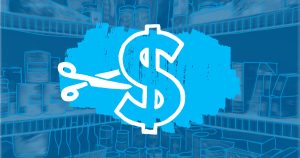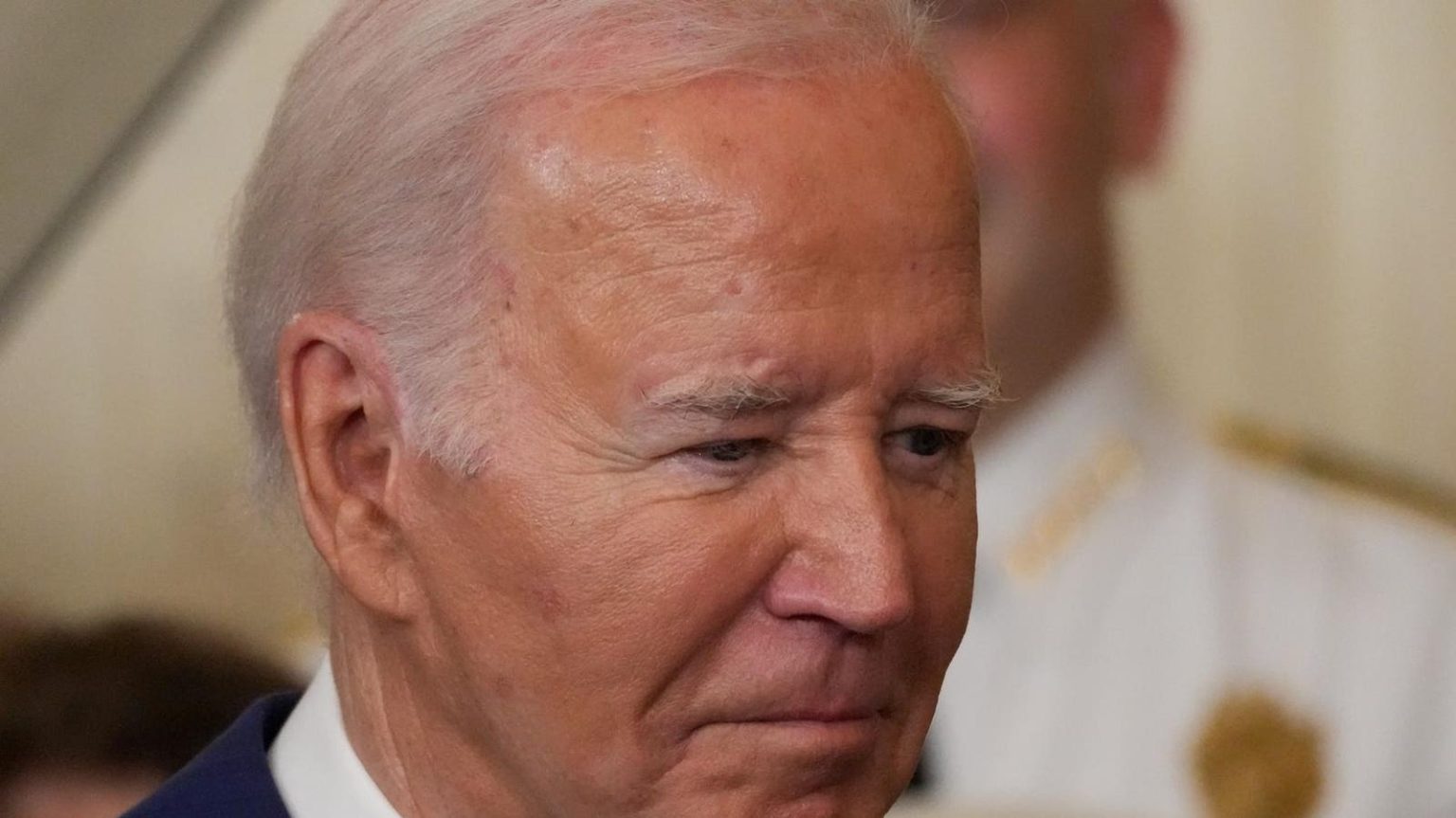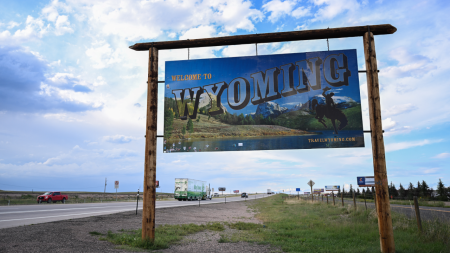After two federal courts issued separate rulings this week halting parts of a key Biden administration student loan forgiveness and repayment plan initiative, borrower advocates warned that the decision could lead to chaos in the student loan system. And that may very well prove to be true.
Two judges on Monday issued dual preliminary injunctions blocking elements of President Joe Biden’s Saving on a Valuable Education plan. SAVE is a new income-driven repayment plan that the administration debuted last fall. Millions of borrowers have already signed up for the new program which provides lower payments, cancellation of excess interest, and student loan forgiveness after years in repayment.
But the two separate rulings are already causing confusion. And with the Biden administration poised to appeal the decisions, the situation remains very much in flux. Here’s where things stand right now, and what borrowers need to know about the future of the SAVE plan and potential impacts on other student loan forgiveness and relief programs.
Student Loan Forgiveness And Lower Payments Blocked Under SAVE
The SAVE plan, first unveiled by the Biden administration last fall as student loan payments resumed following the Covid-19 forbearance, has multiple features designed to make repayment more affordable for borrowers. This includes lower payments, an interest subsidy, and accelerated student loan forgiveness for borrowers who took out small amounts of debt (other borrowers can qualify for loan forgiveness after 20 or 25 years in repayment).
Nearly 20 Republican-led states filed two separate legal challenges in Kansas and Missouri in an attempt to take down the SAVE program in its entirety. As a first step, the states filed motions for a preliminary injunction — a temporary order that would block implementation of the program while the lawsuit proceeds. Injunctions can only be issued if the challengers demonstrate that they would be imminently harmed by the program, and that they have a good chance of ultimately succeeding on the merits of their challenge.
On Monday, both courts granted partial injunctions, blocking certain elements of the SAVE plan. But the two injunctions halt different features of the program:
- The judge in Kansas only blocked elements of SAVE that have not been implemented yet, but were set to go into effect on July 1. These include a more favorable repayment plan formula that would have lowered payments primarily for undergraduate borrowers, as well as automated income recertification that borrowers could opt into.
- The judge in Missouri allowed most elements of SAVE to remain in effect, including the July 1 changes that were about to be implemented. But he blocked student loan forgiveness under SAVE. Importantly, the wording of the order suggests that the injunction may not just be limited to fast-tracked student loan forgiveness for those who took out smaller balances; it could be read to cover any student loan forgiveness under SAVE.
Because these are nationwide injunctions, this essentially means that the two separate orders operate together. So student loan forgiveness is now blocked under SAVE, as are the new repayment features that were set to go into effect on July 1.
Borrowers Already Enrolled In SAVE Can Stay — For Now
Monday’s court orders do not fully strike down the entire SAVE program. That means that borrowers currently enrolled in SAVE can remain in the plan, at least for the time being.
And technically, there is nothing stopping borrowers from continuing to sign up for SAVE to lower their student loan payments, as the existing repayment formula remains in effect. The Education Department confirmed that borrowers can continue to enroll.
“Two Courts have issued injunctions blocking the implementation of certain provisions of the SAVE Plan. While we are assessing the rulings, borrowers can still enroll in the SAVE Plan,” said the department in updated SAVE guidance. “We will be sharing more information with borrowers soon.”
Other Student Loan Forgiveness Plans, Including PSLF, Not Directly Impacted
Importantly, the Missouri decision only blocks student loan forgiveness implementation under the SAVE plan. Student loan forgiveness under other programs — such as Public Service Loan Forgiveness, Borrower Defense to Repayment, Income-Based Repayment, and the Total and Permanent Disability Discharge program — can continue.
In fact, while the legal dispute in the two challenges center on whether Congress authorized student loan forgiveness under a plan like SAVE, the two rulings reaffirmed that Congress did authorize student loan forgiveness for PSLF, Borrower Defense to Repayment, and for borrowers who have disabling medical impairments.
Student Loan Forgiveness Situation Is Very Fluid And May Change Further
The current legal situation regarding student loan forgiveness and repayment under SAVE is in flux, and things could change rapidly. These are temporary orders pending further litigation. The Biden administration signaled on Tuesday that it would appeal these decisions.
“The Department of Justice will be appealing both decisions to block key provisions of our SAVE Plan,” said the White House on Tuesday. “We will never stop fighting to lower monthly payments and help borrowers get out from under the burden of student debt – no matter how many times Republican elected officials try to stop us.”
Everything could change at the appellate level. Upon review, an appeals court could overturn, affirm, expand, or narrow the existing injunctions. And just like there are two separate injunctions because there were two separate legal challenges in two separate courts, there may ultimately be two separate and distinct rulings at the appellate level. And whenever that happens, it makes it significantly more likely that the Supreme Court would ultimately feel compelled to step in and have the final word.
The Future Of SAVE And Student Loan Forgiveness Is Uncertain
While the legal process plays out and borrowers remain in limbo, the future of SAVE — and of student loan forgiveness more broadly — is uncertain.
If SAVE is ultimately struck down, there are many unanswered questions including how the program could be “unwound.” Would the program revert to its predecessor plan — Revised Pay As You Earn? Or would all IDR plans promulgated under the same authority — which would also include Income-Contingent Repayment and Pay As You Earn — be impacted? (Income-Based Repayment is a separate program under distinct Congressional authority).
And there are also questions about the impacts of these rulings on other student loan forgiveness programs. While separate plans and initiatives such as PSLF and the IDR Account Adjustment remain intact, if SAVE gets struck down it is not entirely clear what would happen to borrowers who are pursuing relief under those programs while having been enrolled in SAVE. As of this writing, the Education Department has not issued any guidance recommending that borrowers switch out of SAVE.
Until these challenges reach a resolution and the Education Department provides more guidance, millions of borrowers will be grappling with an enormous amount of uncertainty.
Read the full article here
















